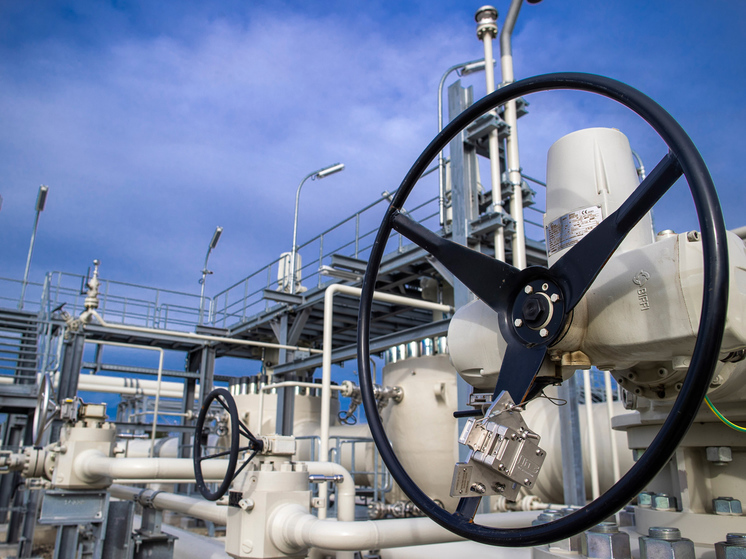Gas molecules of the Kremlin
European states, which have formally refused to purchase Russian gas, continue to heat their homes and replenish underground storage facilities with “blue fuel” from our country. As the head of Gazprom, Alexey Miller, said, “the molecules in the main gas pipeline do not have a national coloring.” However, he did not specify which countries and what export volumes he was talking about. MK turned to experts for clarification.

Most European countries have abandoned or begun to gradually reduce their purchases of Russian gas since the beginning of this year. In 2023, Gazprom's supplies to Europe risk decreasing several times.
As Sergei Pravosudov, Director General of the Institute of National Energy, explains, Russia has few existing export lines to the Old World: the last Ukrainian transit channel through the Sudzha station (about 42 million cubic meters per day), as well as the Black Sea highways «Turkish Stream» and «Blue Stream» . As President Putin said in September, Russia delivered approximately 10 billion cubic meters of gas to Turkey through these lines in the first eight months of this year — that’s about another 42 million cubic meters per day.
The main consumers of the “blue fuel” passing through along the Nezalezhnaya pipeline lines are Hungary and Serbia, which maintain friendly political and economic relations with Moscow. Our country has repeatedly provided serious discounts on energy resources to both Budapest and Belgrade, and has also constantly deferred payments for hydrocarbons.
At the same time, it is easy for both of Moscow's counterparties, given the tempting conditions, to resell surpluses (or large quantities) of Russian gas supplied by Moscow at dumping prices to third consumers, who, as a rule, are included in the list of countries of the Old World that have declared economic war on Russia.< /p>
“Anyone can be on the list of end consumers of hydrocarbons,” Pravosudov believes. “The main thing is that the gas reaches the Central European Gas Hub, located in the Austrian city of Baumgarten.” Several pipelines run from this distribution center: Trans-Austrian in the direction of Italy, Slovenia and Croatia; Western Austrian, focused on Germany and France (with the possibility of reverse deliveries to Eastern Europe); and the Hungarian-Austrian, which delivers energy resources to the already mentioned Hungary and Slovakia.
“It is almost impossible to determine the final buyer in transactions carried out in Baumgarten,” the expert notes. One can only assume: if at the beginning of November Europe increased its reserves of “blue fuel” to almost 100% of the capacity of underground storage facilities, then, most likely, Russian resources were actively used in the accumulation of these volumes.
However, one way or another, supplies through Sudzha and both branches to Turkey in the current conditions allow Russia to export a little more than 30 billion cubic meters of gas. In previous years, the corresponding sales volumes to Western European countries were almost an order of magnitude higher. At a minimum, importers will keep two thirds of the raw materials purchased from our country for their own needs, and only about 10 billion cubic meters may be the tidbit that will go to stock traders in Baumgarten.
It is worth noting that Western sanctions are still in place do not become serious obstacles to the export of liquefied gas — in the fall, Russia took second place in terms of LNG exports to Greece and Belgium. The largest buyers of this type of energy resources are China and Spain. Given Washington’s toughening rhetoric against Russian Arctic projects for the production of liquefied hydrocarbons, which American politicians are forcing Europe to include in the next package of sanctions, the official number of LNG buyers from our country may decrease. Meanwhile, as Miller says, gas “molecules have no color,” so there is no doubt that, despite their own prohibitions, Europeans will continue to use Russian “blue fuel,” which one way or another ends up on the market.


